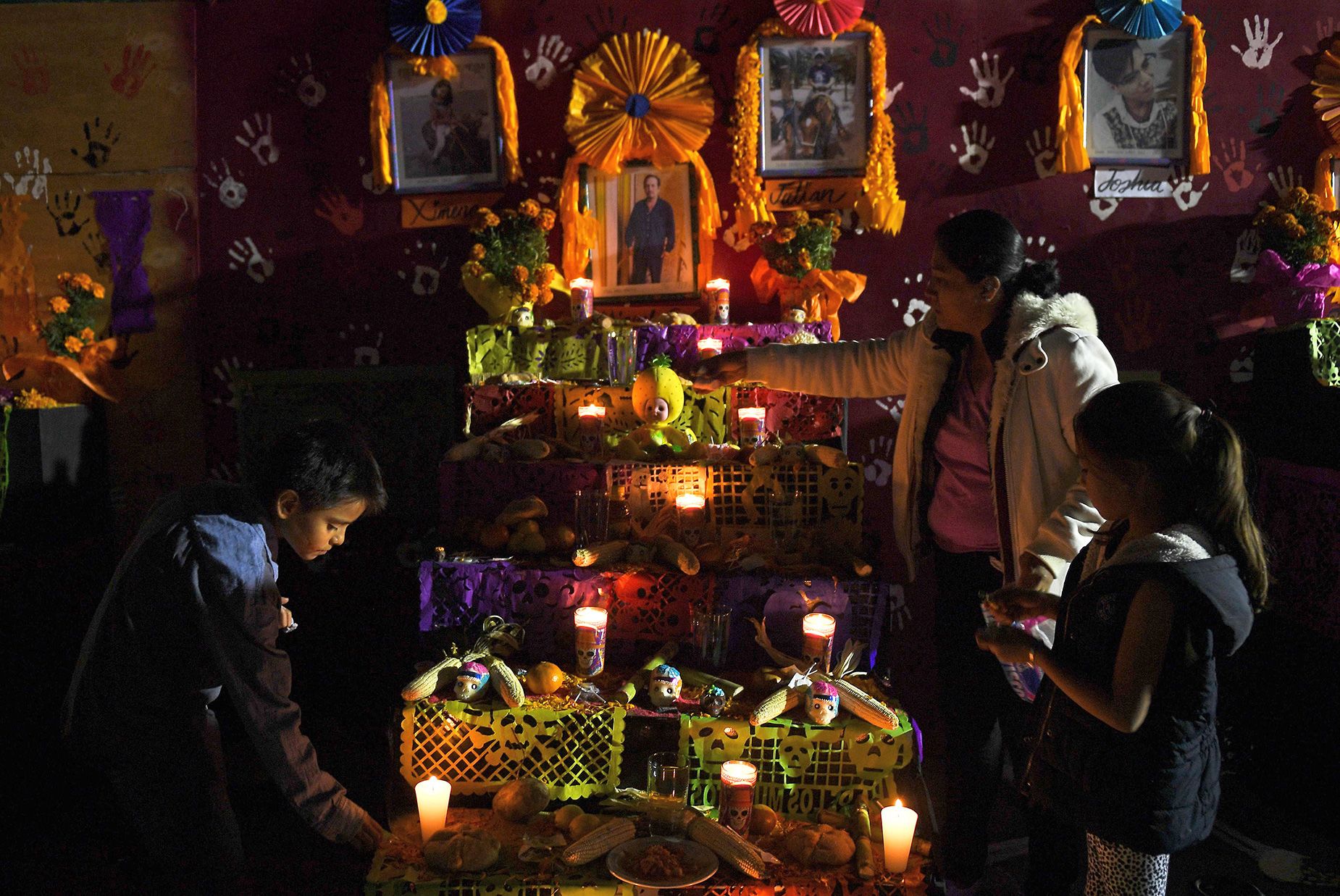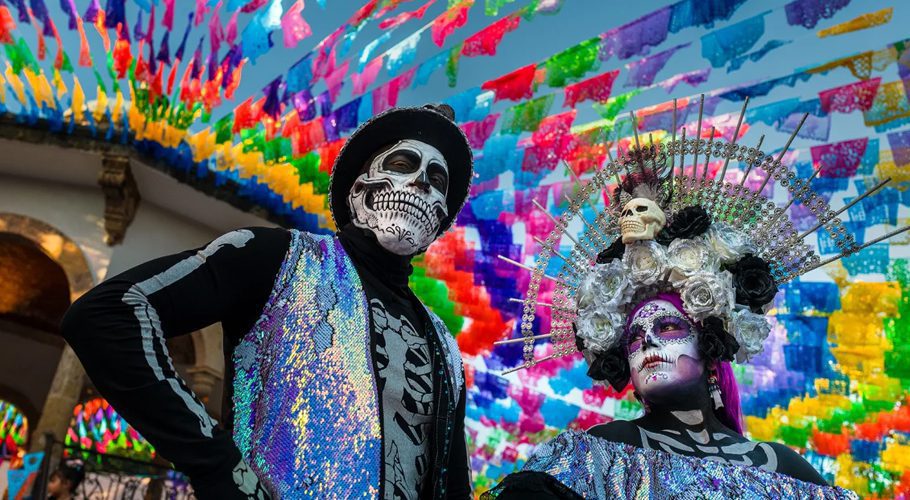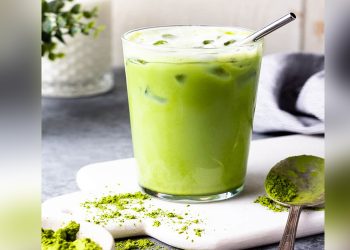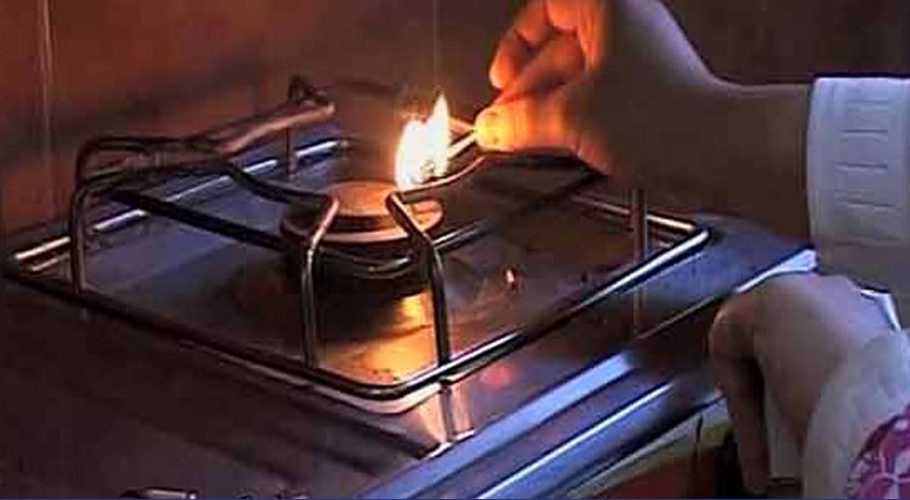MEXICO CITY: Día de los Muertos, known in English as Day of the Dead, is a time-honored tradition in Mexico with origins that go back thousands of years.
The Day of the Dead in Mexico smells like cempasuchil flowers and copal incense. It has a sweet taste. Sounds and colors abound. There are photos, candles and music all over. The hands of artisans prepare the altars to honor their ancestors.
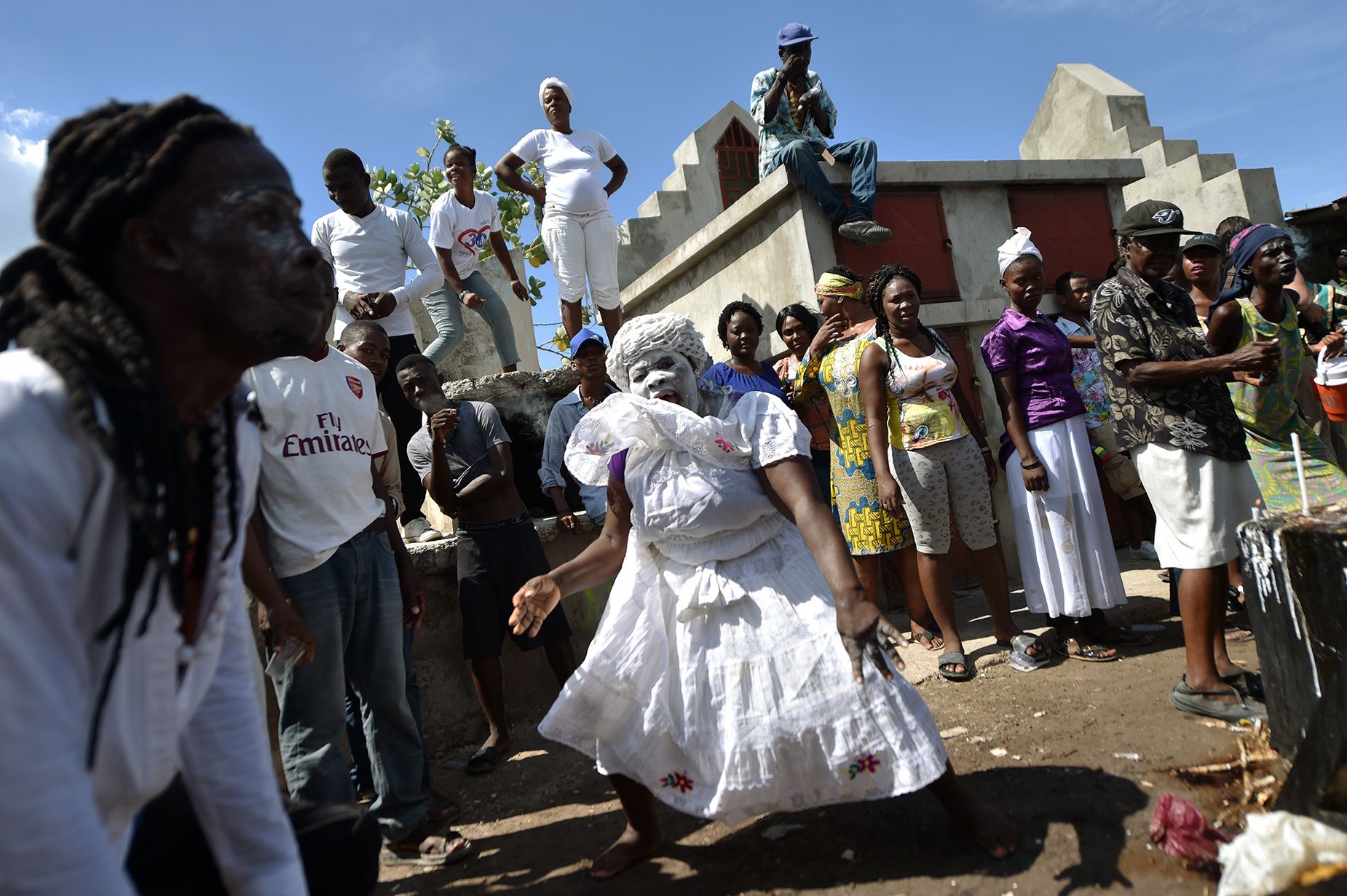
Although it is an intangible tradition, borne down from pre-Hispanic cultures, Day of the Dead is also a celebration for all the senses —even if one of them is failing you. Gerardo Ramírez, who over the years become almost blind, sums it all up in one line: “You honor people, you connect with the past.”
The native species of cempasúchil smells so strong you can almost hear it, said Verenice Arenazas, a young woman who traded her HR job for her family’s traditional flower field. “As soon as you move it, it tells you ‘here I am, look at me’” she said.
Also read: Heidi Klum is the queen of Halloween: Here is why
Her family this year produced 17,000 cempasúchil plants in Xochimilco, Mexico City’s famed canal-crossed southern borough. Arenazas’ family grows two types of cempasúchil: those grown by selecting seeds from the most potent-smelling flowers and those that are genetically modified. Both are nearly sold out, she said with a smile.
Arenazas says the flowers smell like the “sweet, fresh, honest work” of the farmers like her who dedicate unending days caring for the flowers. They also smell of “Mexican pride,” she said.
On the traditional altars honoring the dead, food is a symbol of Mother Earth. Even the sweetest bread, flavored with orange blossom, has grizzly origins. According to researchers at the Mexican School of Gastronomy, the dough was prepared by mixing honey and human blood as an offering to the gods.
Other historians believe that Spanish colonizers, frightened by human sacrifices in Mexico, created a bread, dipped in sugar and painted it red, to symbolize a heart.
Today there is a special place on altars for the dead person’s favorite food and drink. “The offering loses flavor,” explained Ramírez, “because the dead actually come back; what they eat is the essence.”
Ramírez explained the communion between the living and the dead recalling an anecdote that marked him when he was a child. When his uncle died, the family placed his body on the dining table until the coffin arrived. Then they all sat down to eat there.
While some older Mexicans remember hearing only the murmur of prayers characterizing the Day of the Dead, today mariachi music can be heard over the decorated tombs of many cemeteries.
José García, a 60-year-old shoe shiner from San Antonio Pueblo Nuevo, a township 90 miles (140 kilometers) west of Mexico City, said people with money would bring a group of musicians to the cemetery to toast with their departed loved ones and listen to their favorite songs.
But, he adds, one doesn’t have to have money to enjoy the music. Some people just bring “their recordings or their horns,” he said.
